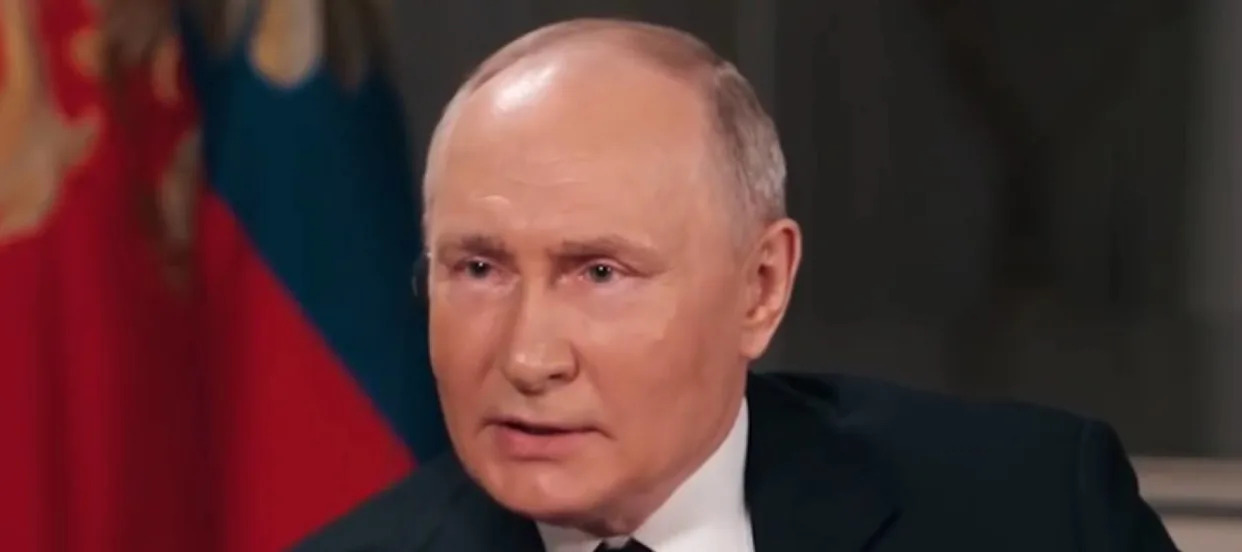— says ‘blow was dealt’ to America and even its allies are now ‘downsizing’ the dollar

Russia’s president Vladimir Putin has once again taken aim at the U.S. dollar — accusing President Joe Biden’s administration of “killing [it] with [its] own hands” after using the currency as a weapon of foreign policy.
In a new and highly divisive interview with Tucker Carlson, the Russian leader said: “The dollar is the cornerstone of the United States’ power… it is the main weapon used by the U.S. to preserve its power across the world.
“As soon as the political leadership decided to use the dollar as a tool of political struggle, a blow was dealt to this American power.”
Is this trend away from the greenback — known as de-dollarization — really as bad as Russia’s president makes it out to be?
Was the writing on the wall?
De-dollarization occurs when countries shift away from the dollar as a reserve currency, medium of exchange or unit of account. The U.S. has repeatedly dismissed any notions that this is a problem — instead deeming it a “natural desire [for countries] to diversify” their economies.
But Putin implied Russia’s hand was forced to ramp up its de-dollarization plans after its invasion of Ukraine in 2022, which triggered a backlash of heavy sanctions by the U.S. and other Western powers. Russia was also kicked off the world’s main international payments network Swift.
“Look at what is going on in the world,” Putin told Carlson. “Until 2022, nearly 80% of foreign transactions in Russia were settled in U.S. dollars or euros. Currently, it is now down to 13%… By the way, our transactions in yuan accounted for about 3%. Today, 34% of our transactions are made in rubles, and about as much, a little over 34%, in yuan.”
While Putin blamed the sanctions in this most recent interview, many would argue the writing has long been on the wall regarding Russia’s de-dollarization.
Russia is a founding member of BRICS, a group of emerging market economies — including China, India, Brazil, South Africa and many more — who are trying to settle major trades in their local currencies instead of the U.S. dollar. This movement is gaining momentum as countries try to reduce transaction costs, limit their exposure to global volatility and geopolitical risks and boost their local economies.
What does the de-dollarization data say?
The Russian president’s warning about the greenback is well-timed. It comes amid heightened speculation around the dollar’s position as the world’s reserve currency, in large part due to the nation’s historic $34 trillion mountain of debt.
According to data from the IMF, the greenback’s share of global allocated foreign exchange reserves has fallen by around 6% since early 2016.
However, the U.S. dollar still accounted for 59.17% of global allocated foreign exchange reserves in the third quarter of 2023 (the latest data set) — a stark contrast to the Chinese yuan’s 2.37% of reserves in the same period.
Analysts at FXC Intelligence, who recently published a report on de-dollarization, stated: “Our research shows that de-dollarization is happening, but… it is by no means rapid.
“It is instead currently on course to be a slow process over the next couple of decades as countries shift to a broader range of currencies, likely to provide greater hedging from future possible geopolitical shocks.”
Source:










